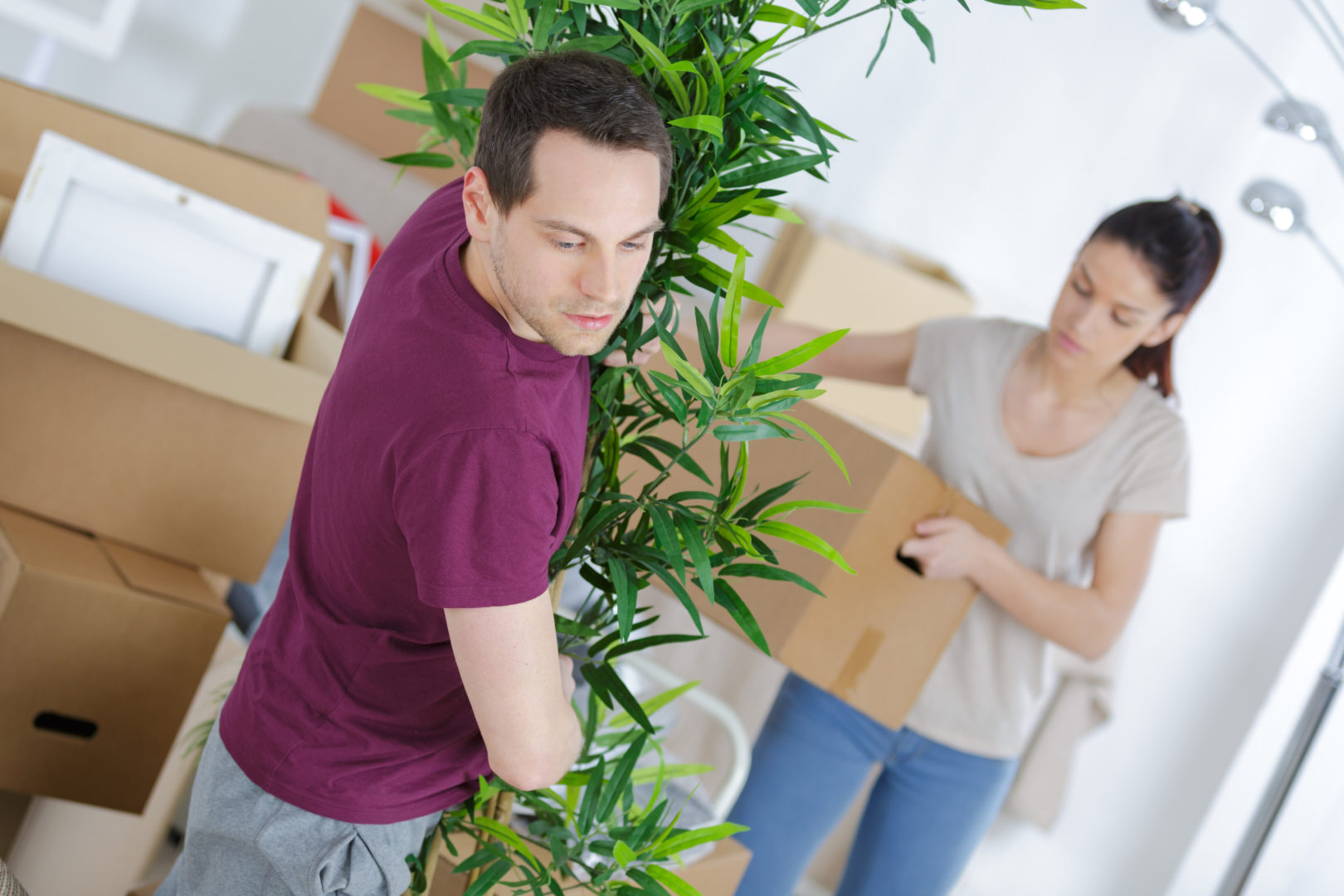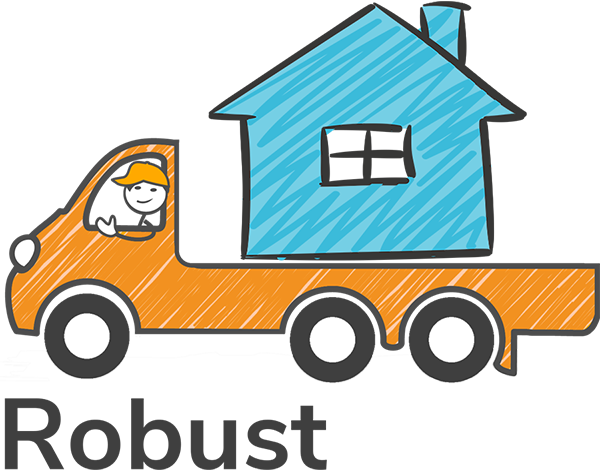Congratulations! You’re finally ready to move to your new home. But for a plant lover, moving can bring a lot of dilemmas.
You worked hard to cultivate healthy plants, and now it’s painful to think about leaving them or giving them away.
Thankfully, plants can be moved! You just have to be careful when you move and plan on time. Plus, how you move your plants, largely depends on the kind of plants you’re dealing with.
But before you decide, confirm with your moving company if they’re happy to move your bushy friends as well. There could be some restrictions involved with transportation.
Also, remember that movers are not arborists. If you’ve concerns about temperature or transportation regulations, check provincial and federal guidelines, first.
Once you’ve finalized everything, here’re some things to plan before you decide to move your plants to your new home —
Moving Your House Plants
Small Plants
Small plants are generally easy to move. You can keep them in their current pots and place them in an open box for transportation.
Better fill the gaps in the box with paper. It prevents the plants from moving around during transportation.
If the plant lives in a ceramic pot, and you fear to break it —try wrapping the pot and leaving the plant unwrapped. It’s best to move your small plants in a separate vehicle. This way, you can regulate the temperature and keep them happy during the move.
Large Plants
You may need to trim or prune your large plants before moving. If you’re moving on a cold winter day, make sure to wrap your plants in the newspaper to protect them and keep them warm. Some plants are sensitive to temperature changes, so you’ll want to keep them as stable as possible.

Moving Outdoor Plants
Outdoor plants can be trickier to move. It would help if you prepared early for them. Consider leaving a few behind if you don’t have time to plan for all, or the process is getting too complicated.
For larger outdoor plants, again, it’s a good idea to trim. It makes it easier to move and also supports regrowth when you place them at your new place.
Also, water them enough before the moving day — the soil and the roots should remain moist during the move. Plus, dig your plants and leave lots of dirt around the roots — keep as much of the root as possible. Wrap the root ball of trees and shrubs in burlap to hold together everything.
With smaller outdoor plants, the roots and dirt can be placed in paper bags. Paper bags are better than the plastic ones as they allow plants to breathe.
You can keep your plants wrapped for a few weeks, but make sure to water them — so, they don’t get too hot.
Moving Long Distance with Plants
When you’re moving long-distance and taking plants with you, you need to make sure that you take care of them all the way — just as you would watch your pets.
Even if you’re taking a break to rest overnight, you should move these delicate darlings inside. Never leave your plants in your car for too long — it might get too hot or cold and damage them.
More Tips
- Your plants should remain in the shade during the move — some plants are susceptible to temperature changes.
- As soon as you reach a new home, plan to replant your outdoor plants.
- Plants can take time to adjust to the new soil. Don’t fret if they don’t immediately look as beautiful as they once were.
With time and care, your plants will be happy and flourishing once again in their new home. If you need more advice concerning your plants, our team at Robust Move will be glad to help – Get in touch with our team.


